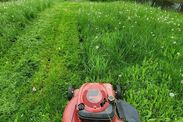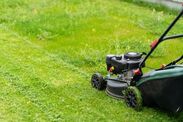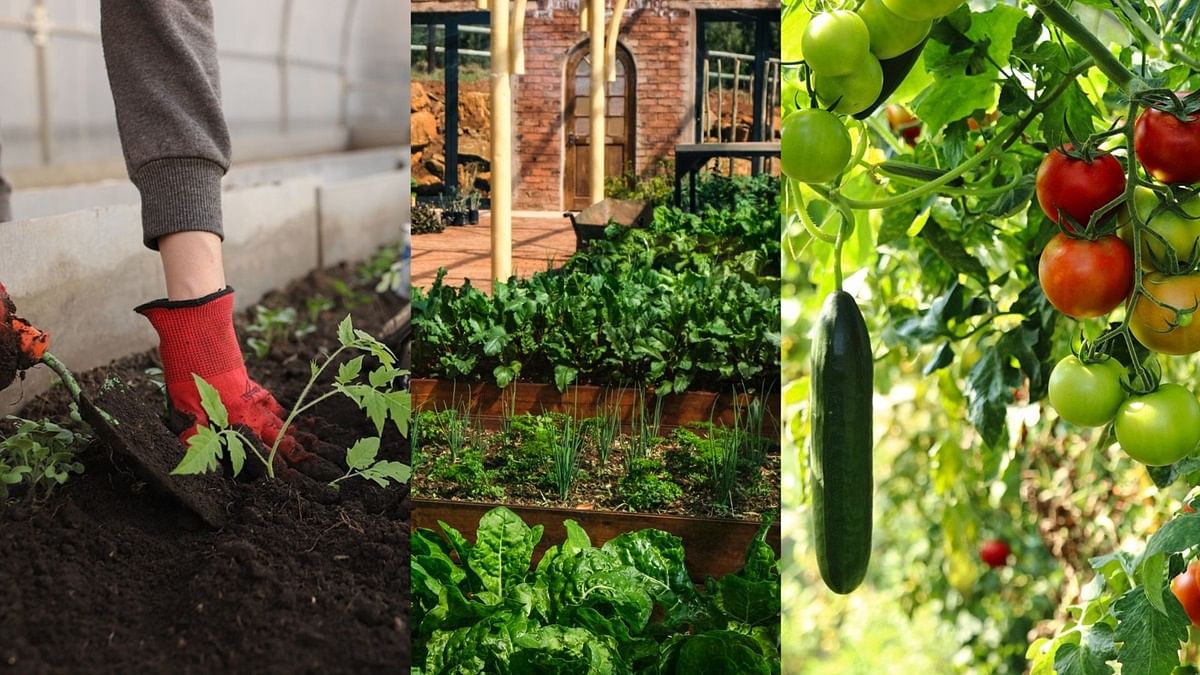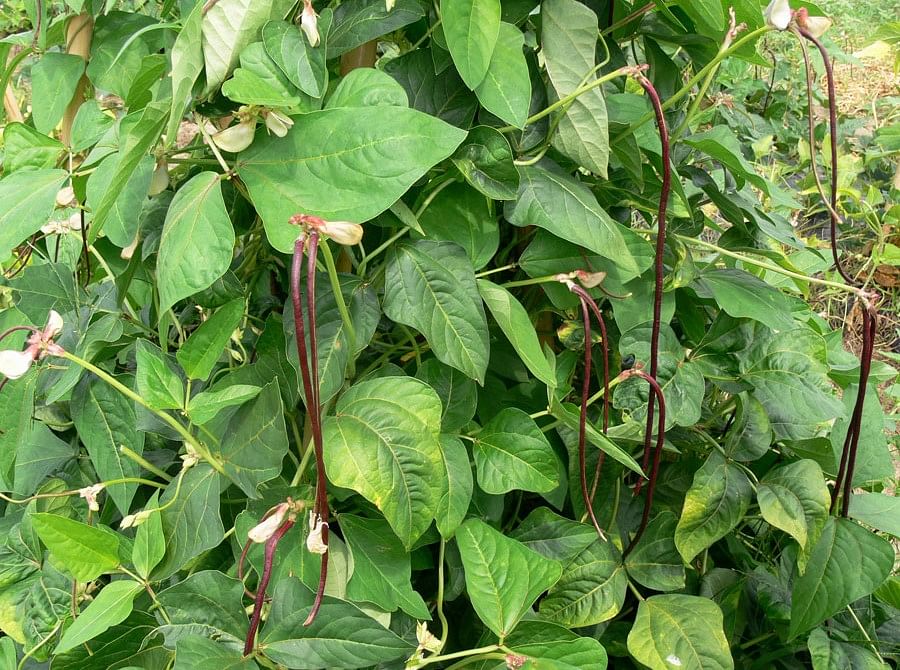
Niman Ranch Expresses Disappointment in Attempt to Roll Back Animal Welfare Progress, Independent Family Farmer Economic Opportunity
WESTMINSTER, Colo., May 02, 2024–(BUSINESS WIRE)–House Agriculture Committee Chairman Glenn Thompson, R-Pa., released the outline of a new farm bill Wednesday that includes language based off the highly controversial Ending Agricultural Trade Suppression (EATS) Act, with the goal of rolling back California’s Proposition 12 (Prop 12) and other farm animal protection laws like it across the country. Prop 12 bans the use of gestation crates for pork production on farms in California as well as the in-state sale of certain fresh pork products that do not meet these gestation crate-free standards.
Niman Ranch General Manager Chris Oliviero released the following statement:
“The inclusion of the provision mirroring the EATS Act in the House Agriculture Committee’s draft farm bill framework is a blow to animal welfare, smaller scale independent family hog farmers and pork companies like Niman Ranch that are committed to crate-free production practices and others that have made the necessary preparations to comply with California’s Proposition 12.
“The language is a gift to large-scale pork production companies with the goal of rolling back Proposition 12 and other similar state laws banning the sale of products from animals raised in cages and crates. The conventional pork industry has been unsuccessfully fighting Prop 12 since its passage in 2018. They lost in the court of public opinion when the law was approved with broad support among California voters, they lost in the courts—all the way to the U.S. Supreme Court declaring the law constitutional just last year—and now they are attempting a Hail Mary Pass with this overreaching legislative act that takes away states’ rights and farmer’s economic opportunity.
“Don’t believe the industry spin. Prop 12 does not force any pork company or out of state farm to convert their operation or sell into California. The argument that Prop 12 will hurt small farmers is counter to our experience as a company. In fact, over the last 40 years, the conventional industry’s focus on scale has forced out the very same small farmers they are purporting to protect. In Iowa alone, the number of pigs in the state has increased 83% since 1987, while the number of hog farms has declined 86%. In the pursuit of cheap meat, the industry has lost sight of basic consumer expectations for animal welfare, with smaller scale family farmers committed to higher animal welfare paying the price.
“Niman Ranch’s network of over 500 independent family hog farms prove every day that crate-free production is not only possible, but it can also be profitable and ultimately more pleasant for pig and farmer alike.
“I hope policymakers in the House and Senate see through the smoke and mirrors and stand up for farm families that have invested in Prop 12 compliance, higher animal welfare production and their rural farming communities.”
About Niman Ranch
Niman Ranch is a community of over 600 independent family farmers and ranchers who raise pork, beef and lamb traditionally, humanely and sustainably to deliver the Finest-Tasting Meat in the World®. Niman Ranch is the largest farmer and rancher network in North America to be Certified Humane®. The protein of choice for America’s most celebrated chefs, Niman Ranch is also the premier option for discerning home cooks looking for meats Raised with Care®, with no antibiotics or added hormones—ever.
View source version on businesswire.com: https://www.businesswire.com/news/home/20240502641545/en/
Contacts
Alicia LaPorte
Niman Ranch
Communications Director
860-869-9788, alicia.laporte@nimanranch.com
Source: finance.yahoo.com
























 Garden plants which ‘need’ pruning in May to produce ‘bushier’ growth
Garden plants which ‘need’ pruning in May to produce ‘bushier’ growth 




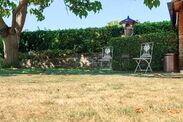



 Gardening expert issues warning over bugs that are a lawn’s ‘worst nightmare’
Gardening expert issues warning over bugs that are a lawn’s ‘worst nightmare’ 



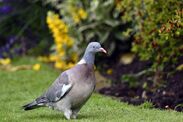
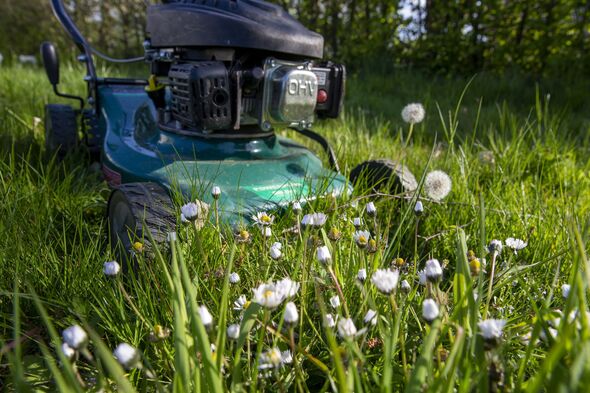 Gardeners ‘banned’ from mowing lawns until July date after expert’s stark warning
Gardeners ‘banned’ from mowing lawns until July date after expert’s stark warning 


